The habitability missions will search the clouds of Venus for signs of life. The first in this series will be a probe with a parachute that can float in the clouds for 30 to 60 minutes to collect data on the habitability of the clouds and the presence of disequilibrium gases, that could be signs of life. The probe mission will leverage the scientific discoveries and technological know-how from the Rocket Lab probe mission. Subsequently, a balloon mission will follow for an extended investigation of the clouds with more sophisticated instruments.
Science Objectives
Objective #1: Measure habitability indicators
By determining the amount of water in the cloud droplets, determining the acidity of single cloud particles, determining and identifying metals and non-volatile elements in the cloud particles, and measuring the temperature, pressure, and windspeed as a function of altitude.
Objective #2: Search for evidence of life in the Venusian clouds
By searching for disequilibrium gases and detecting and identifying organic material within the cloud particles.
Objective #3: Characterize cloud particles in preparation for sample return
By determining the physical properties of the cloud particles
Prospective Science Instruments
The following instruments are investigated to be included in a probe mission to Venus. Other instruments are under consideration.
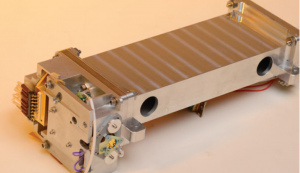
Mini Tunable Laser Spectrometer (TLS)
The TLS is an in situ gas detection instrument that can measure ppb-level gas abundances at very high spectral resolution. The TLS for the mission will potentially have four channels, each dedicated to a gas of interest. Gases of interest include NH3 (a habitability indicator and a biosignature), PH3 and O2 (potential biosignatures)
The TLS has flight heritage from the Mars Curiosity Rover.
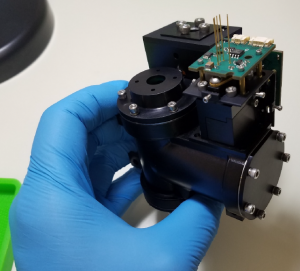
Autofluorescence Nephelometer (AFN)
The AFN can measure the physical properties of single aerosol particles. The AFN for the mission will constrain the cloud particle size distribution, shape, and composition by shining a UV laser on the airstream. The laser will also induce autofluorescence in any organic material inside cloud particles.
The AFN is currently under development for the Rocket Lab mission. For the habitability missions, an additional laser and detector will be considered.
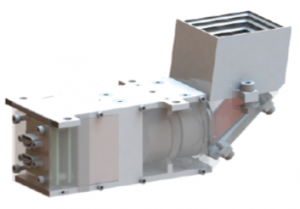
Tartu Observatory pH Sensor (TOPS)
The TOPS can measure the acidity of single Venusian cloud droplets by the established method of fluorescence spectroscopy, which is widely used for pH measurements.
The TOPS is currently under development at Taru Observatory.
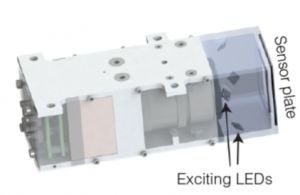
Conductivity Sensor (CS)
The conductivity sensor measures the ability of a solution to conduct an electrical current and therefore provides a measure of the solution’s dissolved ion composition. The CS for the mission will help determine the water content of the cloud particles.
The conductivity sensor is a modified TOPS sensor.
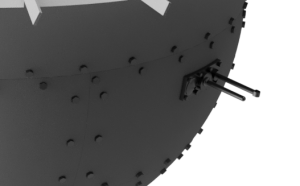
Weather Instrument Suite (WIS)
The WIS will measure temperature, pressure, and wind speed to supplement the measurements by other instruments at various altitudes.
The WIS will consist of commercially available temperature and pressure sensors and wind sensors developed for Mars missions.
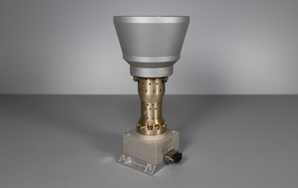
Imaging Unit
A commercially available lightweight panchromatic camera with a narrow UV band is considered for the mission.
More information …
Seager, S.; Petkowski, J.J.; Carr, C.E.; Saikia, S.J.; Agrawal, R.; Buchanan, W.P.; Grinspoon, D.H.; Weber, M.U.; Klupar, P.; Worden, S.P.; Iakubivskyi, I.; Pajusalu, M.; Kaasik, L.; on behalf of the Venus Life Finder Mission Team. Venus Life Finder Habitability Mission: Motivation, Science Objectives, and Instrumentation. Aerospace 2022, 9, 733. https://doi.org/10.3390/aerospace9110733
Kaasik, L.; Rahu, I.; Roper, E.M.; Seeba, R.; Rohtsalu, A.; Pajusalu, M. Sensor for Determining Single Droplet Acidities in the Venusian Atmosphere. Aerospace 2022, 9, 560. https://doi.org/10.3390/aerospace9100560
Baumgardner, D.; Fisher, T.; Newton, R.; Roden, C.; Zmarzly, P.; Seager, S.; Petkowski, J.J.; Carr, C.E.; Špaček, J.; Benner, S.A.; Tolbert, M.A.; Jansen, K.; Grinspoon, D.H.; Mandy, C. Deducing the Composition of Venus Cloud Particles with the Autofluorescence Nephelometer (AFN). Aerospace 2022, 9, 492. https://doi.org/10.3390/aerospace9090492
